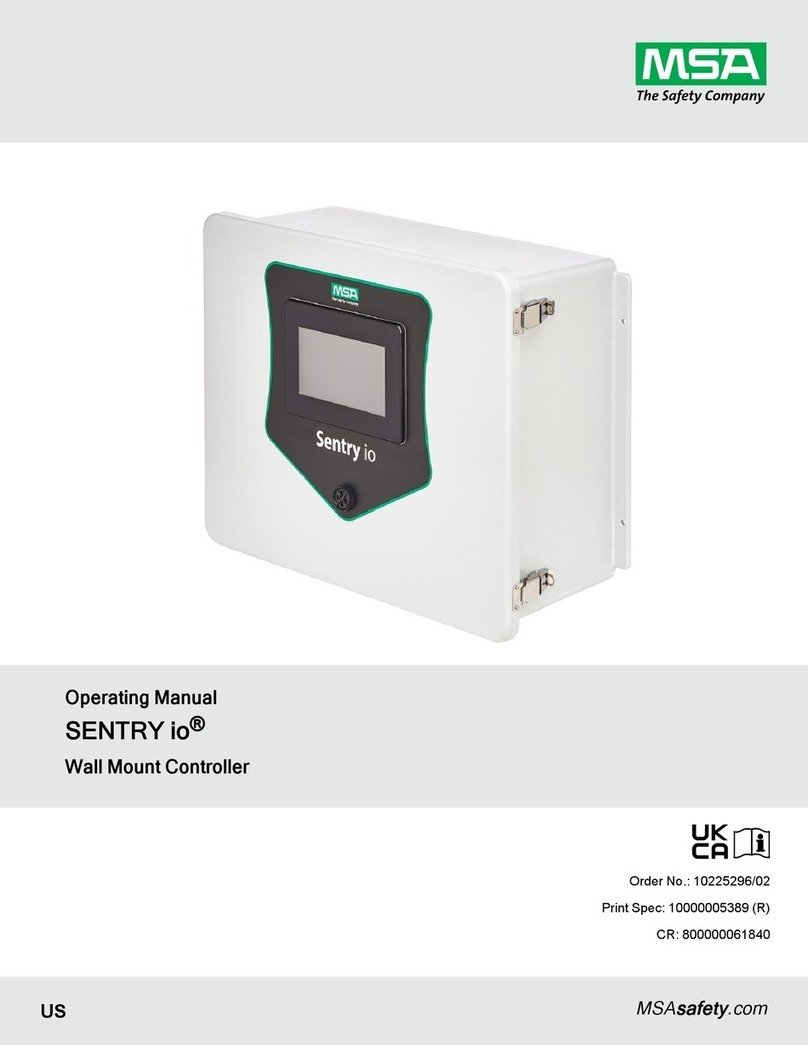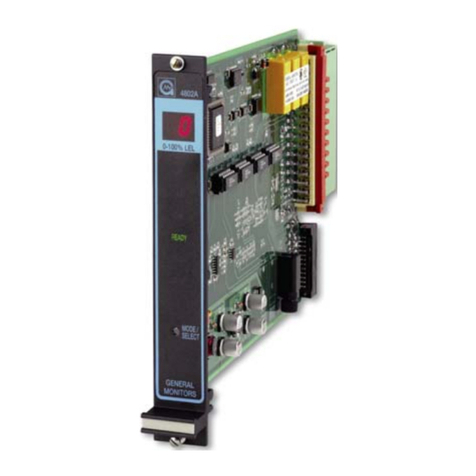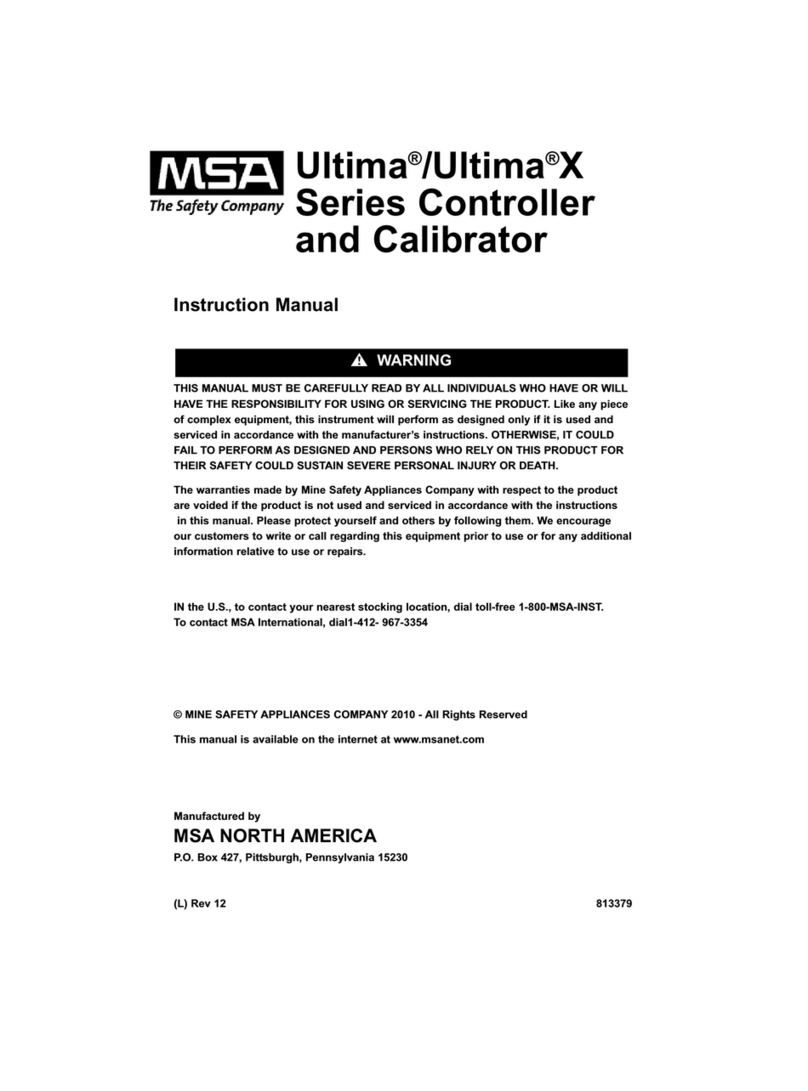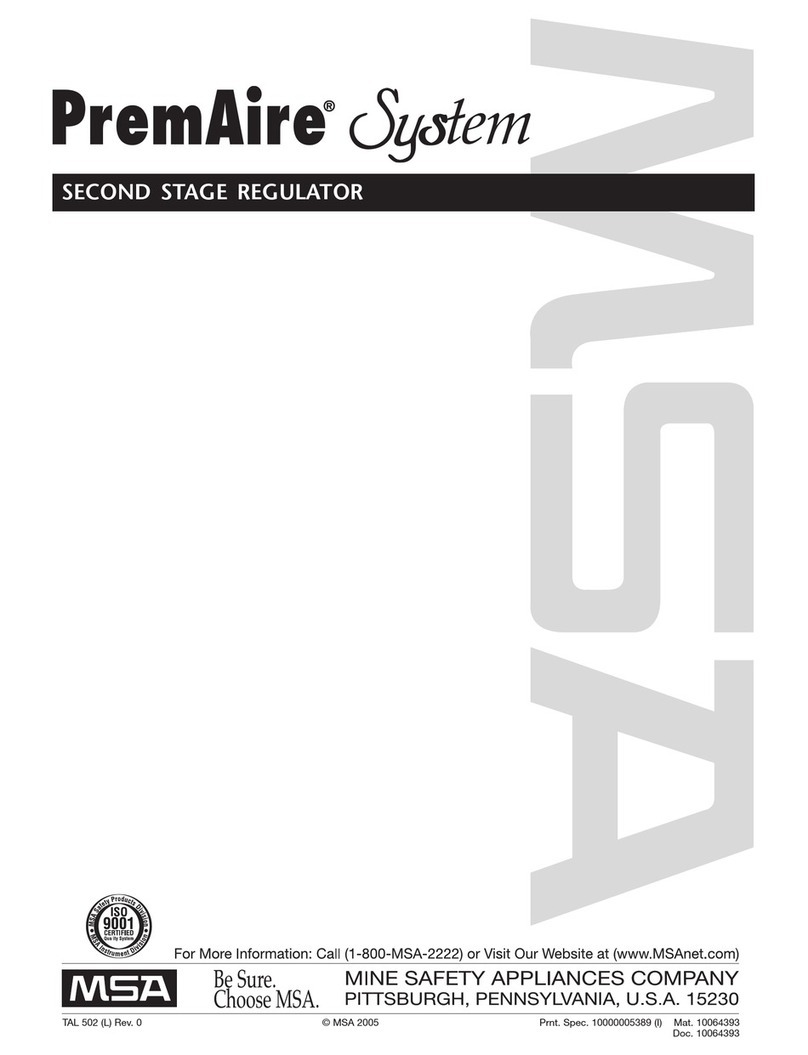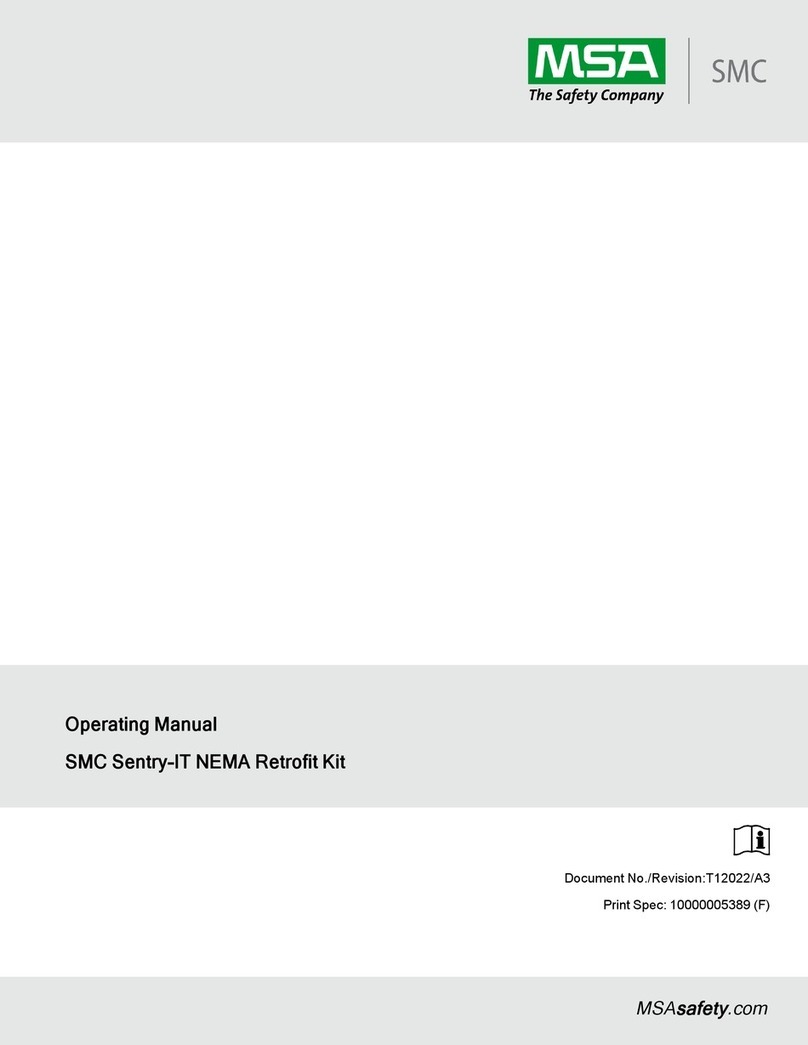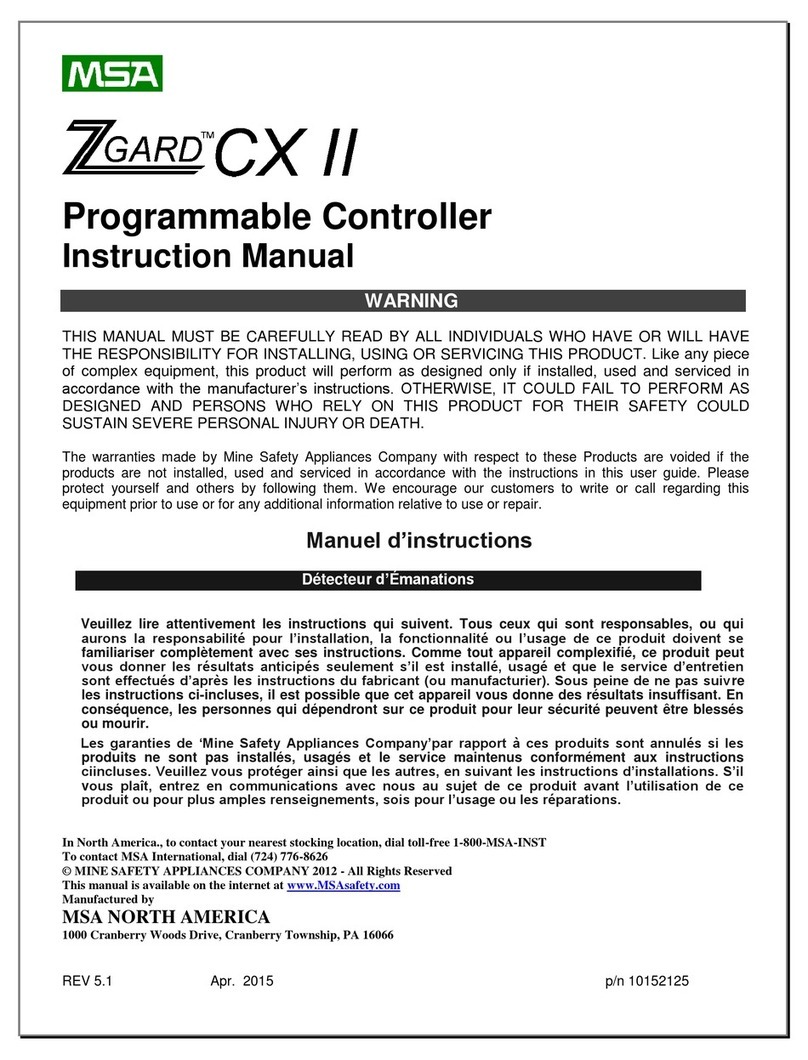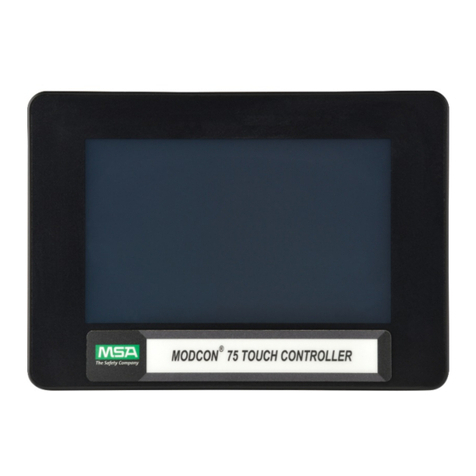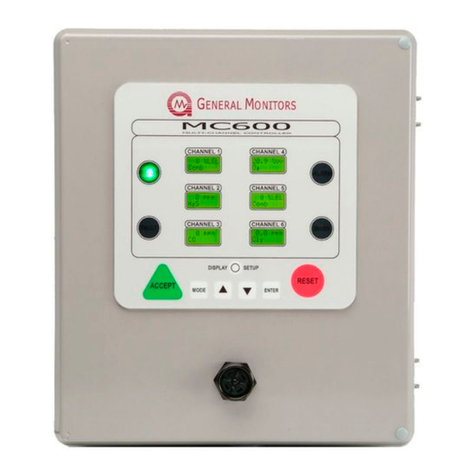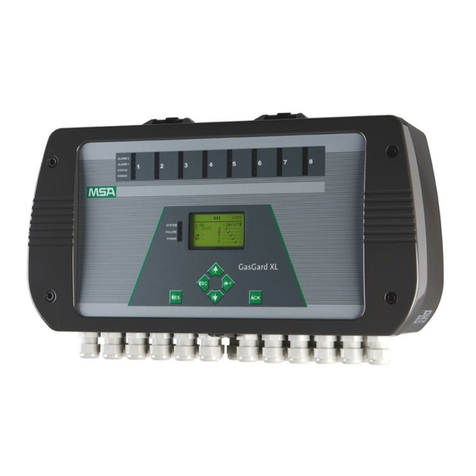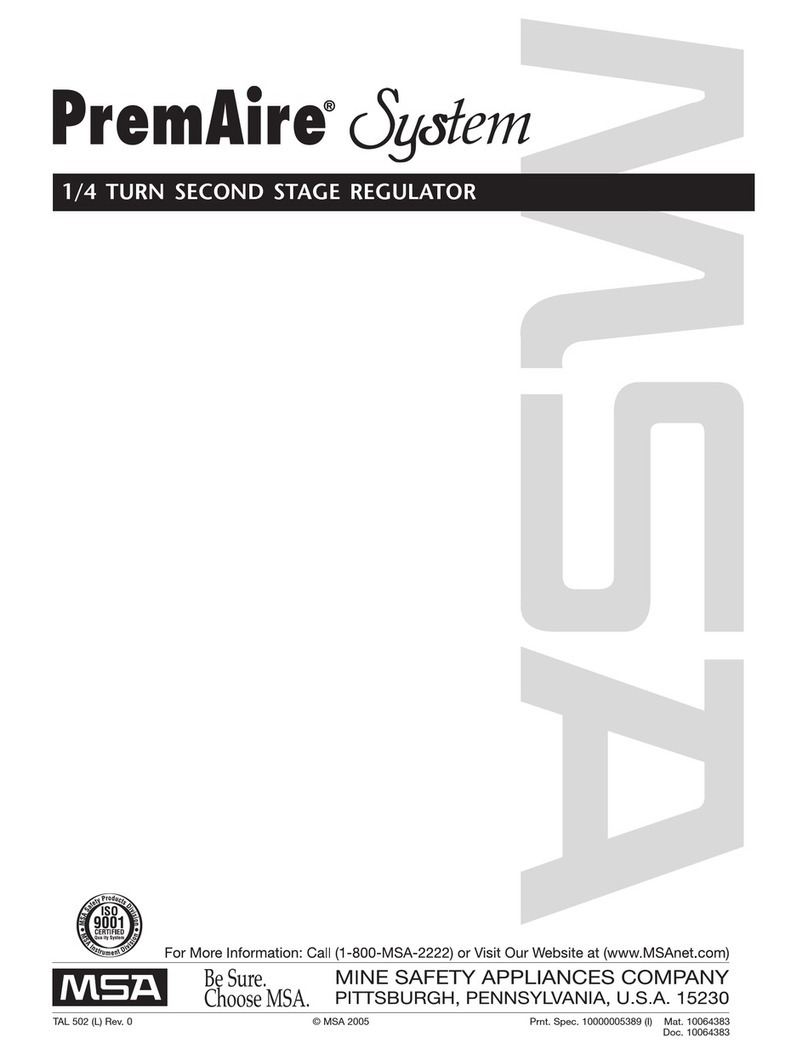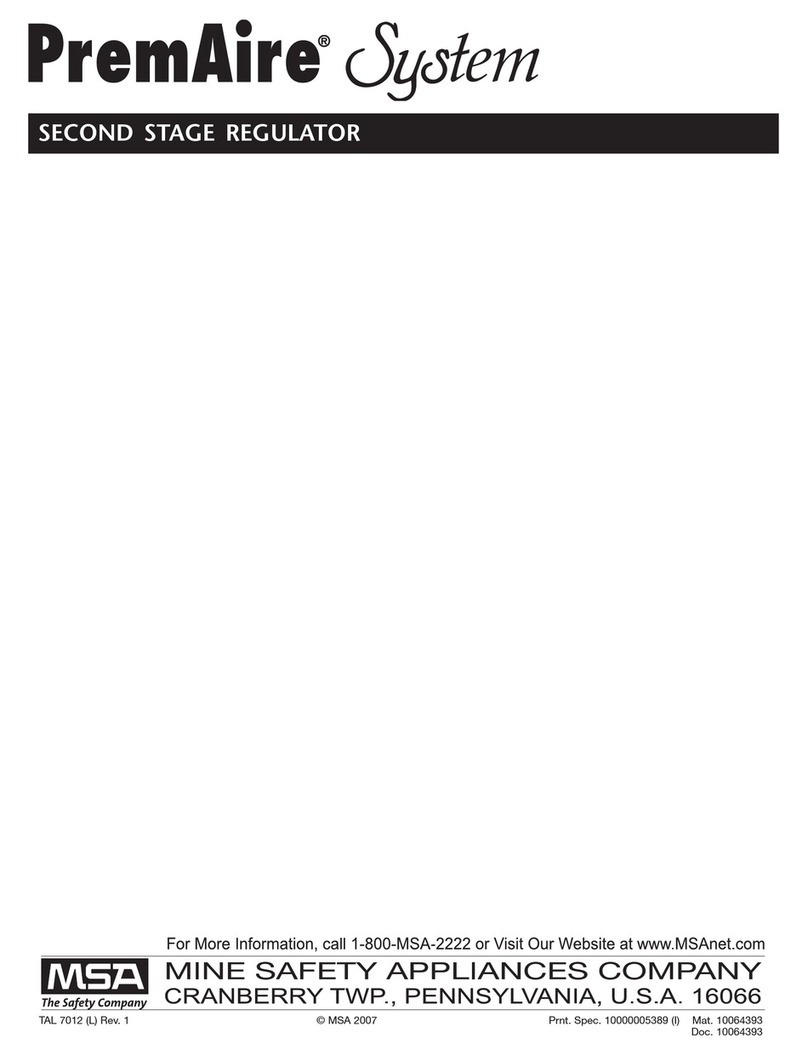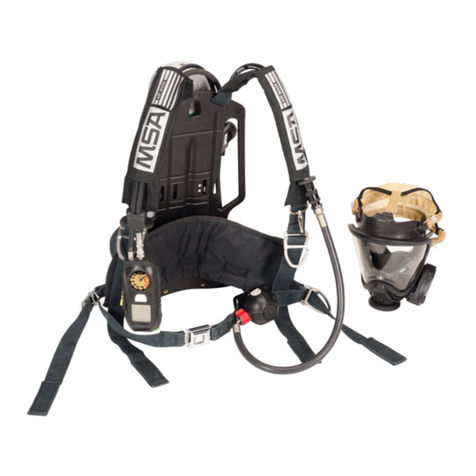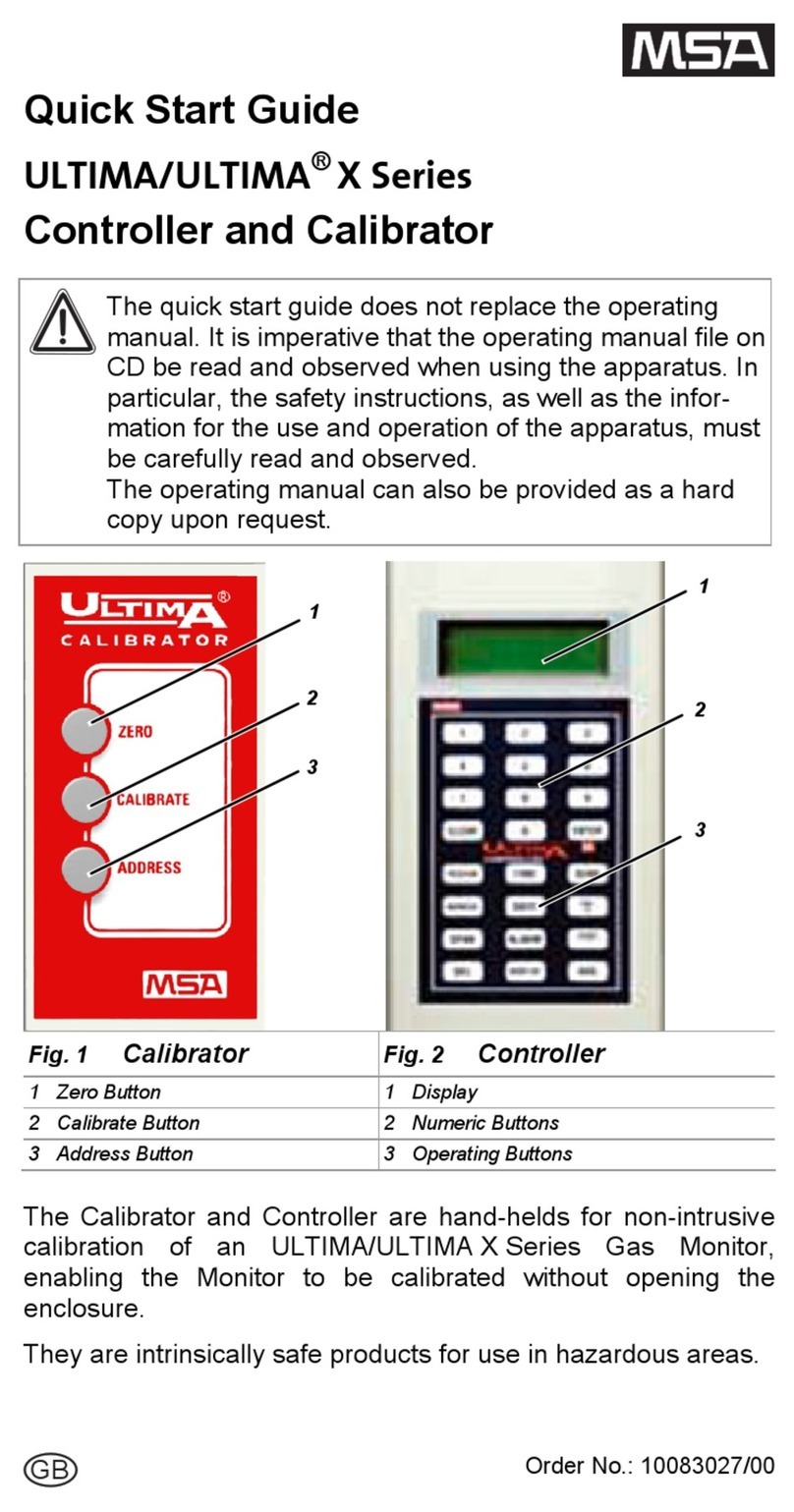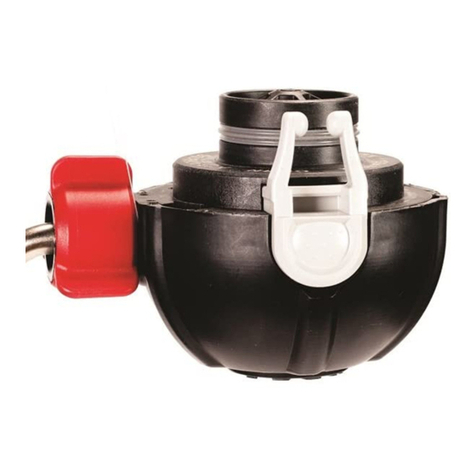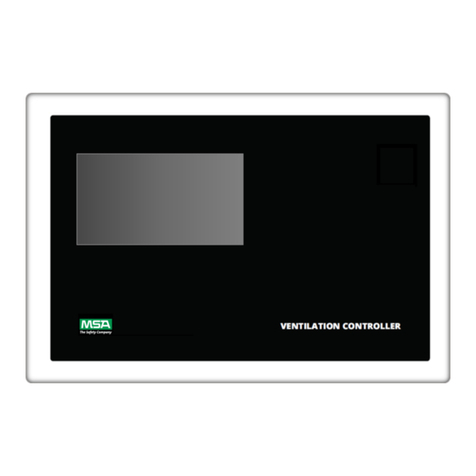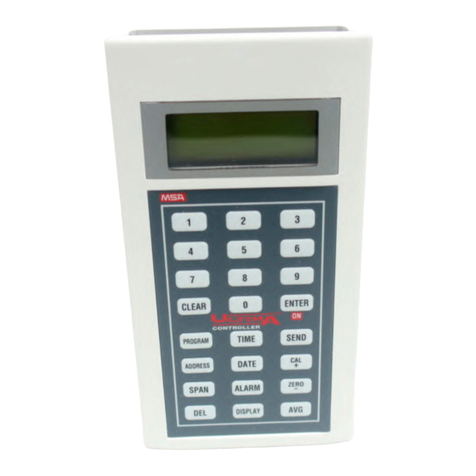
SUPREMATouch
4
Contents MSA
US
8 Ordering Information .............................................................................................................109
8.1 Modules and Accessories.............................................................................................. 109
9 Description of the System ....................................................................................................113
9.1 Structure of the System (module descriptions) ............................................................. 113
9.2 Expansion Stages ......................................................................................................... 114
9.3 System Design Variants ............................................................................................... 115
9.4 Bus Protocol ................................................................................................................. 115
9.5 Descriptions of the Modules ......................................................................................... 115
9.6 System Power Supply ................................................................................................... 126
10 Installation .............................................................................................................................. 129
10.1 General Information....................................................................................................... 129
10.2 Installation, Step by Step............................................................................................... 132
10.3 Module Configuration..................................................................................................... 136
10.4 System Configuration (Hardware) ................................................................................. 159
10.5 Systems Consisting of Several Racks........................................................................... 164
10.6 Connection of the Sensors ............................................................................................ 181
10.7 Connection of the Relay Outputs................................................................................... 186
10.8 Connection of the Switching Outputs............................................................................. 195
10.9 Connection of the Analog Outputs................................................................................. 199
10.10 System Ports (MST Module).......................................................................................... 201
10.11 Connection for the System Power Supply..................................................................... 205
10.12 Labelling Concept.......................................................................................................... 208
11 Startup ................................................................................................................................... 212
11.1 Turn On the Supply Voltage .......................................................................................... 212
11.2 System Configuration .................................................................................................... 213
11.3 Configure the Relay Driver Outputs (Switching Outputs) .............................................. 220
11.4 First Calibration.............................................................................................................. 223
11.5 Completing Startup........................................................................................................ 224
12 Connection of Peripherals ...................................................................................................225
12.1 Connection of a PC/Laptop............................................................................................ 225
12.2 Protocol Printer.............................................................................................................. 227
12.3 Bus Connection ............................................................................................................. 228
13 Redundant Systems .............................................................................................................233
13.1 Application/Function Safety........................................................................................... 233
13.2 Function of Redundant Systems.................................................................................... 234
13.3 Design of the Redundant System.................................................................................. 236
13.4 Startup........................................................................................................................... 241
